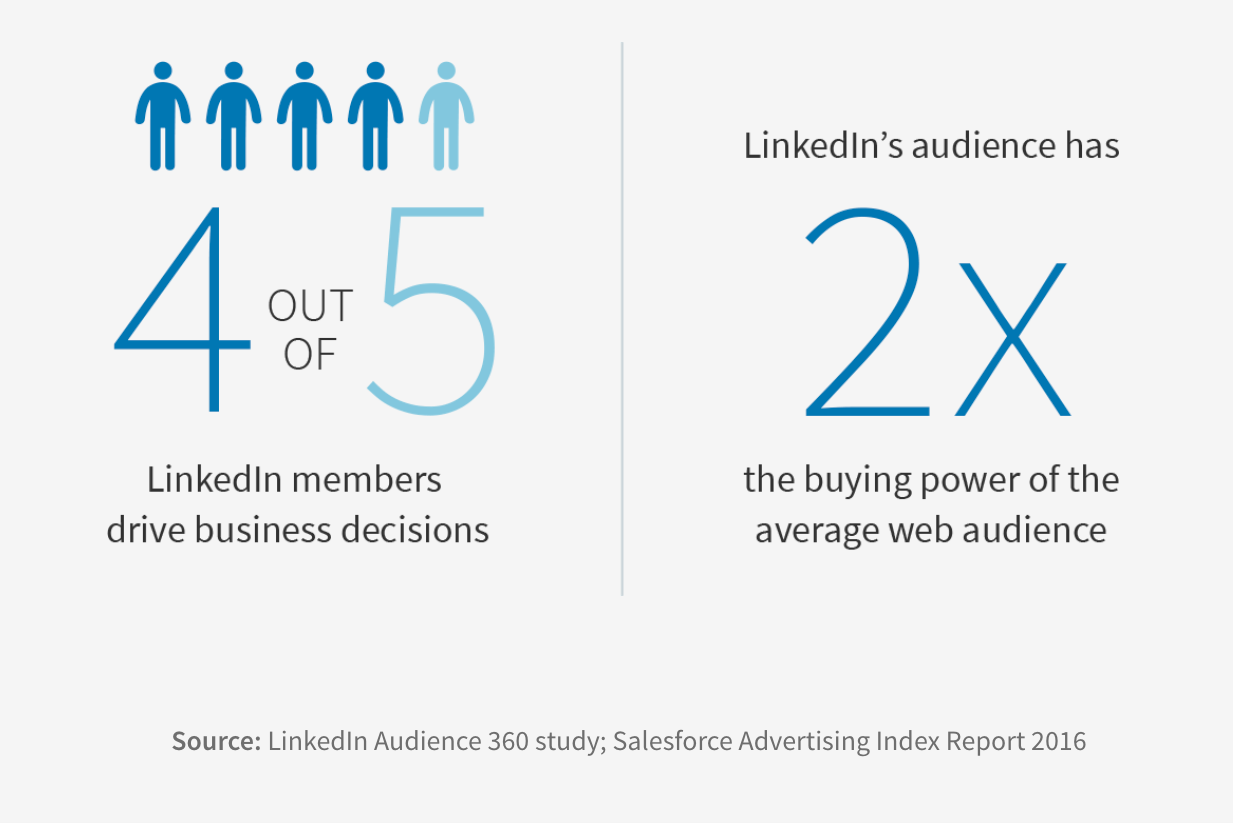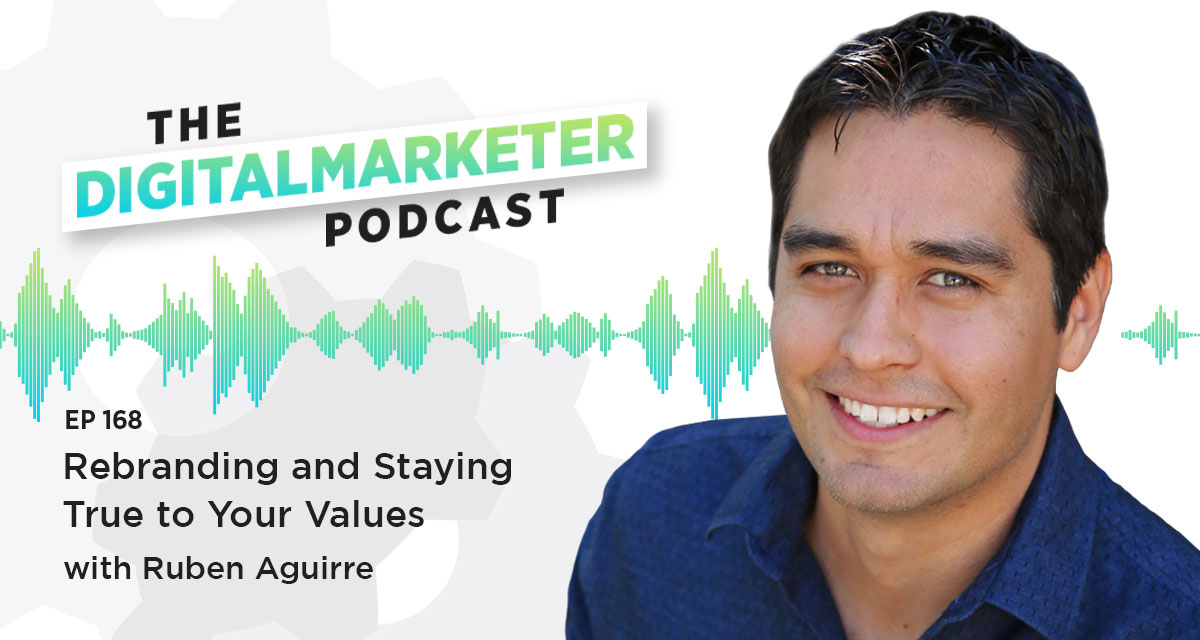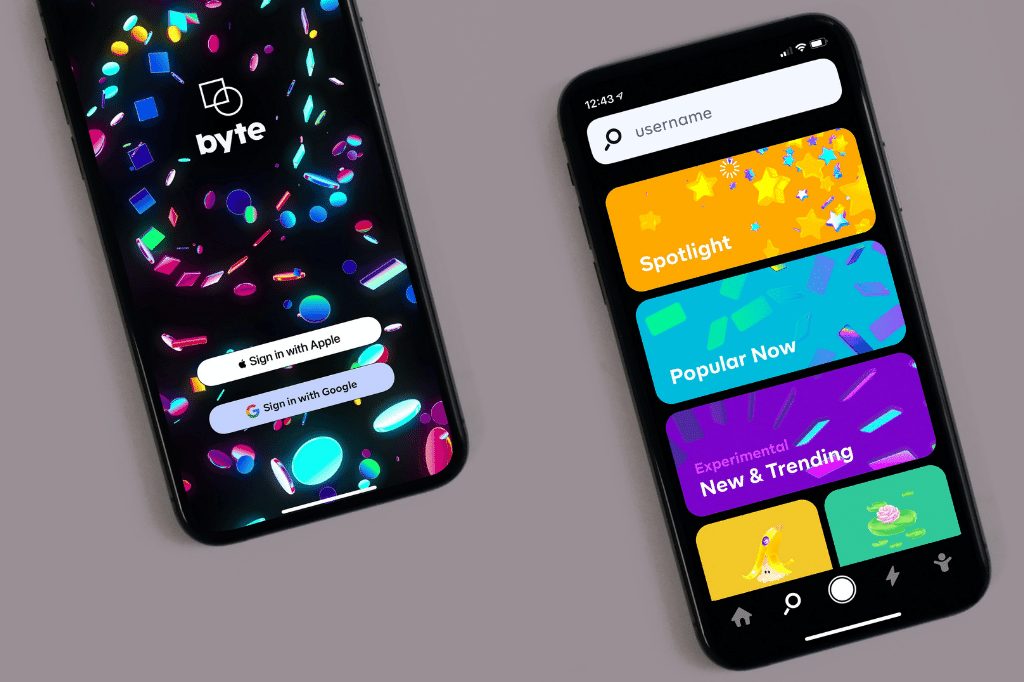LinkedIn advertising has been steadily gaining notoriety over the past few years, thanks to its super specific demographic targeting and professionals-based network.
But there are definitely a few fears that may be preventing you from delving into LinkedIn advertising: it is expensive; it is uncharted territory (in comparison to Facebook or Google); it is not a sales-based platform; etc. These concerns are 100% valid.
If you are reading this article, you are likely a LinkedIn skeptic. And that’s okay! This article will walk you through the proof that LinkedIn ads ARE worth the effort, then suggest a few resources for your next steps.
A Quick Disclaimer:
Like we said above, there are some real drawbacks to LinkedIn advertising. Really quick, let’s address those concerns (because it’s completely possible that you’re right: LinkedIn ads might not work for you).
Reasons to say “No thanks” to LinkedIn Ads:
#1 | You can’t afford it.
Advertising on LinkedIn is simply more expensive than alternative options. Of course, it also has the potential to be more lucrative… but it is a huge investment. If your business is still small or is not focusing a big chunk of the budget on advertising, this might not be a good time to start LinkedIn advertising.
#2 | Your primary goal is to sell.
Yes, yes. Obviously, we are all trying to sell something. But the LinkedIn platform is not centered on buying. It is centered on growth: personal growth, career growth, business growth. If you can market your business so that it can contribute to a potential client’s growth, then you’ll succeed on LinkedIn.
Alright, if you are still interested after our disclaimer, then we are ready to seal the deal and give you definitive proof!
LinkedIn Advertising Statistics:
LinkedIn is a great advertising platform because it simultaneously 1) attracts almost every kind of person and 2) singularly appeals to people interested or involved in business. So everyone on LinkedIn is potentially interested in your business, but you can also find virtually any demographic.
LinkedIn reported over 706 million users and furthermore, says that 80% of these users have influence over business decisions. Because of the professional environment and high concentration of business accounts, LinkedIn also claims that their users have double the buying power of a more general online audience. Surely, these are very valuable potential clients!

LinkedIn also reports that their conversation rates are an average of 300% higher than other platforms.
These statistics can certainly justify the price point, as well as your time and effort!
Our Stats:
While LinkedIn’s statistics are certainly encouraging, we also wanted to offer some of our own.

DigitalMarketer’s LinkedIn page has 55,622 followers, which means our posts already show up on all those people’s pages. This is a result of strategic ads to our targeted demographics as well as consistent and engaging posts.
Aside from that, our analytics are quite happy with where we…
Continue reading here
![The Top 4 Content Marketing Tools [VIDEO]](https://jeffcassman.biz/wp-content/uploads/2021/09/YOUTUBETHUMB_4ContentTools_1-1200x675.jpg)
















